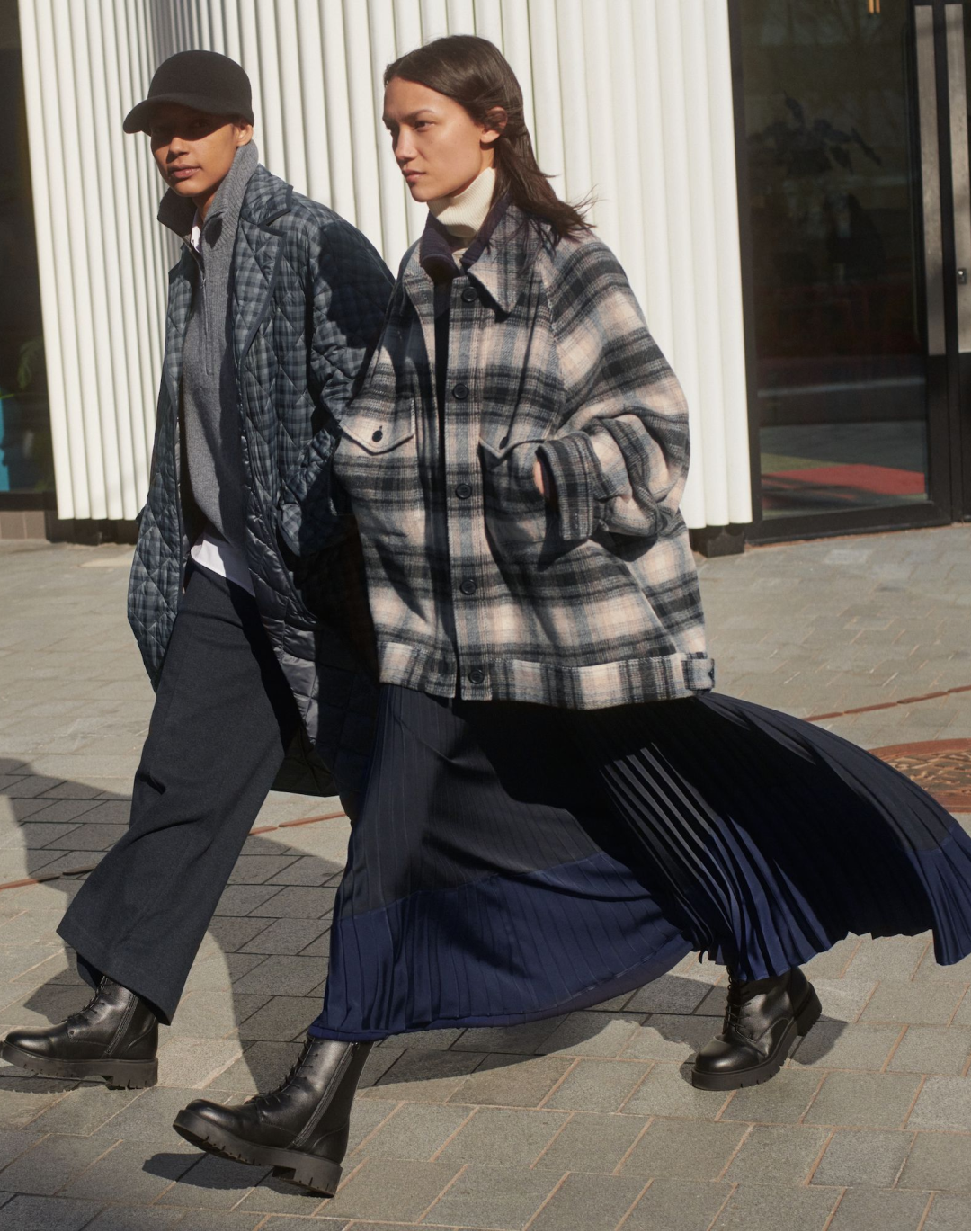
Mango's recent boom and the ambiguous redemption of fast fashion Can commitment to sustainability justify overproduction and overconsumption?
The empire of Punto Fa, S.L., better known as Mango, is continuing to expand unabated by recording the strongest numbers in a decade, and an increase in profits of more than 20 percent. Although the closure of operations in Russia following the invasion of Ukraine negatively affected the balance sheet by some 20 million euros, the opening of Mango stores in other markets and the post-pandemic return to social normality have managed to counteract its effects, allowing the company to open 119 new stores over the past year, bringing the total to an impressive 2,566, and expand its presence to 115 markets, including Cameroon and Morocco, in addition to the future opening of 13 new stores in England. The secret to the success of this fast fashion giant moves along two tracks: the first is through a romanticization of the Mediterranean aesthetic that frames a story-telling refined in the pre-social era with it-girls such as Kate Moss and Miranda Kerr and football testimonials such as Zinédine Zidane and Gerard Piqué for the men's line; the second is the sustainability of its practices with a narrative that no less has to coexist with the fast fashion (and therefore unsustainable) nature of the brand. The ambiguity of Mango's entire system is as fruitful as it is inafferable, given that it narrates fast fashion in the tones of luxury, involving the same influencers who sit on the front row of the Milan and Paris fashion shows, but for that very reason it works-and deserves further analysis.
Founded in Barcelona, Spain, in 1984, Punto Fa, S.L. was created by Turkish brothers Isak and Nahman Andic. Starting with a small chain of clothing stores they designed themselves under the name Isak Jeans, the two brothers got their business off the ground in the 1980s, when together with entrepreneur Enric Cusí they officially launched Mango. The brand's official website was created in 1995, although the first online store debuted in 2000, while the men's line did not arrive until 2008. It established itself in the industry during the meteoric rise of fast fashion in the early 2000s and by employing a sophisticated narrative that overshadowed its al fast fashion nature through sustainability-focused initiatives.
For me, the most important finding from this year's #FashionTransparencyIndex is on production volume. We talk about the 'elephant in the room' of overproduction, but only 13% of brands actually publicly disclose their # of units (despite every brand knowing this internally). pic.twitter.com/sjdRQmqnqU
— Ruth MacGilp (@ruthmacgilp) July 15, 2021
Between 2015 and 2016, first with Second Chances, then with Take Action and We Are Committed, the company created collections and projects based on environmental principles, even deciding to join the Fashion Pact in 2019 to reduce carbon emissions. The brand's website, then, features an extensive section dedicated to Transparency to follow step by step the activities of the production chain (this year Mango was the first major Spanish company to publish its list of Tier 1, Tier 2 and Tier 3 factories) and good intentions, such as the intention to make all products compliant with sustainability criteria by 2030. The brand currently holds an encouraging score of 41-50% in the Fashion Transparency Index, also entering the Top 10 of brands that have become more transparent in 2022 compared to the previous year. No less, on the same Transparency page, it states how the brand's more than four thousand affiliated factories produced a total of 115 million units - an exorbitant number. Oddly enough, the same metric that measures success also speaks of overconsumption and overproduction.
Today, Mango is for all intents and purposes a success story; in addition to the disproportionate growth recorded this year, already in 2022 the group reported sales of 2.7 billion euros, a 20.3 percent increase over the previous year and a 13.2 percent increase over 2019. About 36 percent of sales -- or 960 million euros -- are generated online, while womenswear accounts for 82 percent of total sales. In 2022, pre-tax profits increased 26.2 percent year-on-year to 103.3 million euros, while net profits increased 20.9 percent to 81 million euros, quadrupling 2019 results. And it is likely that many brands in the future will follow the brand's blueprint by trying to emulate its success, storytelling ability, and values, which are indeed being rewarded by sales and strong commercial expansions. But what is the ultimate cost that those 115 million units produced will ultimately have?















































